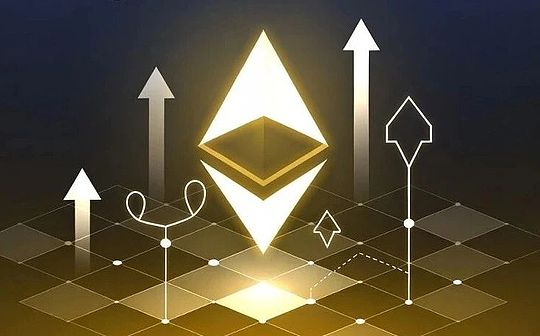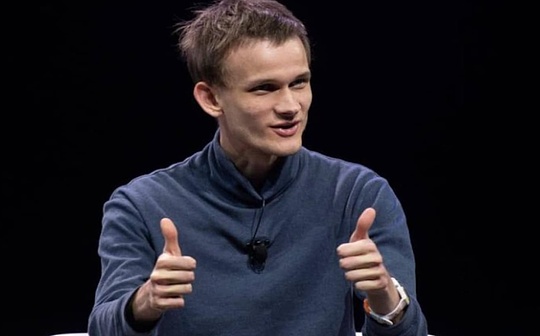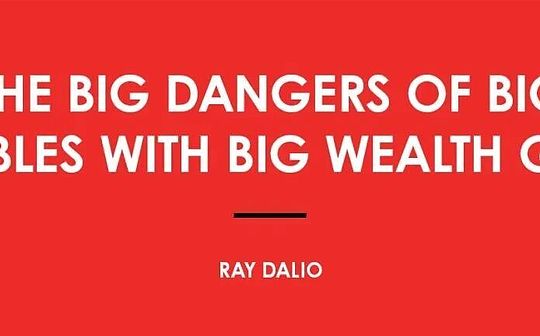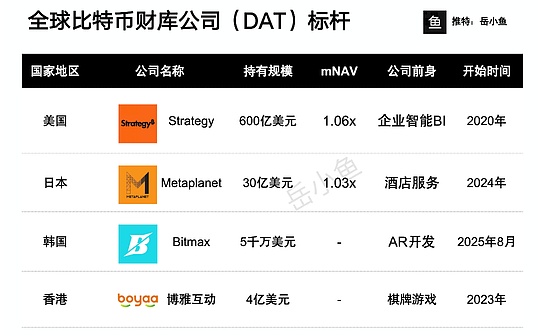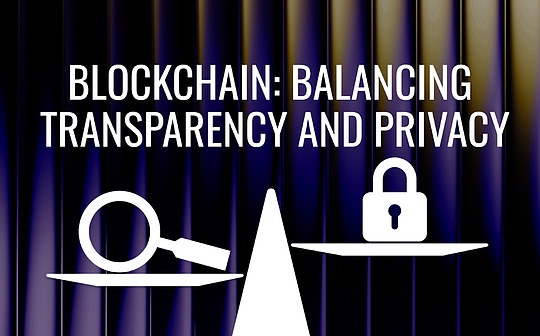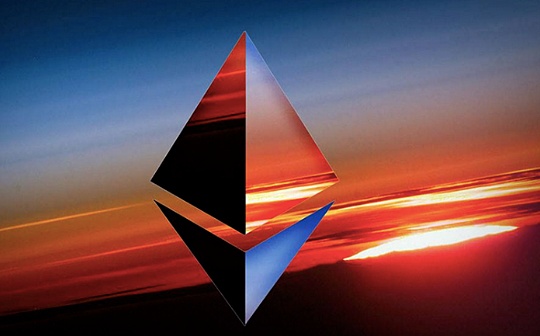
Author: André Beganski Translation: Vernacular Blockchain
As it turns out, Vitalik Buterin is not completely satisfied with the first major transformation of the Ethereum consensus mechanism, although it has been polished and discussed in technology for years.
In a blog post on Monday, the Ethereum co-founder made several potential improvements to the Ethereum Proof of Stake model.This includes lowering the funding threshold for individual stakeholders and shortening the time for Ethereum block confirmation.
Two years ago, the “merger” incident completely changed the way Ethereum transactions are validated.Instead of relying on computer networks that consume a lot of energy to ensure their security, Ethereum turns to systems where validators put assets into the network.
Verifiers receive rewards by packaging transaction blocks and verifying the accuracy of other blocks.To participate in this process, the validator will need to pledge 32 ETH (approximately $84,000) as a “participation guarantee”.However, Buterin believes that the threshold can be significantly lowered to 1 ETH (about $2,600).
“Popular polls have repeatedly shown that the main factor preventing more people from staking independently is the minimum threshold for 32 ETH,” he wrote.”Reducing this threshold to 1 ETH will solve this problem, and other issues will become the main factor limiting independent staking.”
The growth rate of Ethereum network validator has slowed down recently.According to beaconchai.in data, about 73,000 validators have joined since the number of active validators exceeded 1 million in April.And in the past month, that number has increased by less than 3,000.
Reducing the staking requirements for Ethereum validators can also alleviate some concerns about network centralization.Currently, Lido Finance, the leading decentralized ETH liquid staking platform, accounts for 28% of all staking Ethereum, based on data from the Dune dashboard.
The second part of Buterin’s proposal for improvement focuses on the finality of the transaction.This term refers to an Ethereum transaction that has been included in a block and cannot be changed once confirmed.
Buterin wrote that as of now, it will take about 15 minutes for the Ethereum transaction to be finalized.This is because Ethereum progress is measured in “epochs”, each epoch happens about every 6.4 minutes.Each epoch consists of 32 “slots”, and a new block is usually generated every 12 seconds.
Chris Meisl, CTO and co-founder of Blocknative, explained that after two epochs passed, it was nearly impossible for an attacker to roll back the Ethereum block from a cost standpoint.At this point, you can think it is “extremely safe”, he wrote in his blog post last year.
Buterin also mentioned that “single slot confirmation” will shorten the final confirmation time to every 12 seconds.Combined with the reduced staking requirements, this will make “Ethereum’s properties consistent with those (more centralized) performance-focused Layer1 blockchains.”
However, Buterin also acknowledges that there are many different ways to make “single slot confirmation” effective, including using powerful methods of advanced cryptography or a two-layer system designed for stakers.
Buterin’s blog post comes as discussions around the Layer2 network are getting increasingly fierce.While Ethereum’s Dencun upgrade introduced a new way to help users reduce transaction costs in March this year, it also led to an inflationary period of Ethereum’s circulation supply.
Meanwhile, Ethereum core developers are preparing for the next major upgrade, Pectra.The first part of the upgrade is expected to be released early next year and will adjust how Ethereum stakeholders receive rewards.

